 | January 2020
Middle Snapshot
Youth and Social Media
|
|
|
|
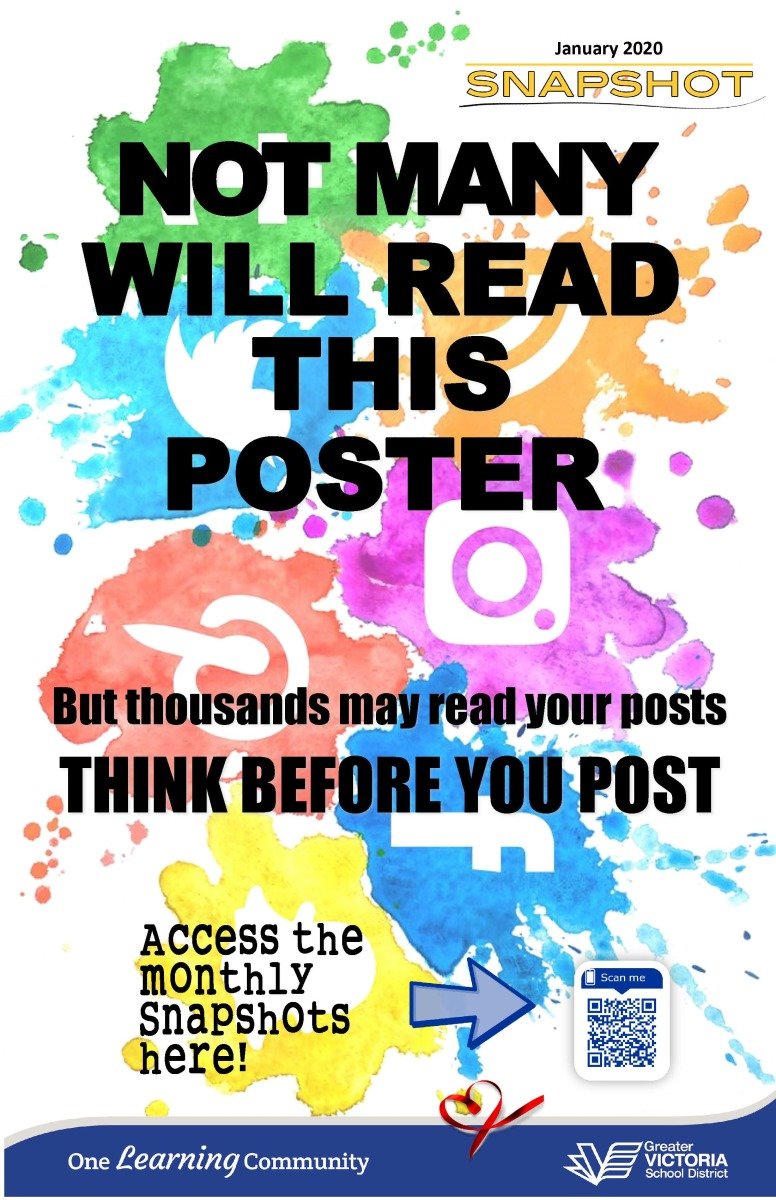 |
Most youth use some form of social media and have a profile on a social networking site. Many visit these sites every day. There are plenty of positive aspects to social media — but also many risks and pitfalls to be avoided.
As youth begin to use tools such as Instagram, Snapchat, Twitter and YouTube in earnest, they're learning the responsibility that comes with the power to broadcast to the world. You can help nurture the positive aspects by accepting how important social media is to them and help them find ways that it can add real value to their lives. Following are some of the benefits of your child being social media-savvy.
|
| |
|
|
|

|
POSITIVE SOCIAL ACTION .....
Twitter, Facebook, and other large social networks expose teens to important issues and people from all over the world. Youth realize they have a voice they didn't have before and are doing everything from crowdfunding social justice projects to anonymously tweeting positive thoughts.
|
|
|
STRENGTHENS FRIENDSHIPS..............................................................Studies, including Common Sense Media's Social Media, Social Life: How
Teens View Their Digital
Lives and
the Pew Research Center's Teens, Technology and Friendships show that social media helps teens make friends and keep them. OFFERS A SENSE OF BELONGING...............................................While heavy social media use can isolate kids, a study conducted by Griffith University and the University of Queensland found that although teens have fewer friends than their historical counterparts, they are less lonely than teens in past decades. They report feeling less isolated and have actually become more socially adept, partly due to an increase in technology use.
|
|
|
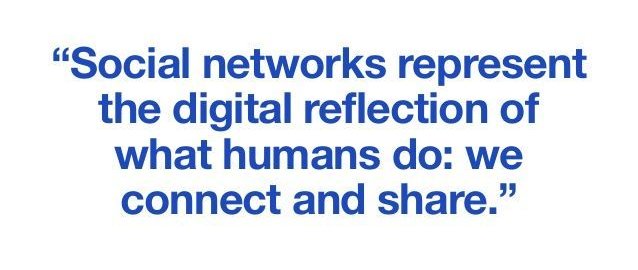
|
CAN PROVIDE GENUINE SUPPORT....
If a teen is interested in an unusual subject that isn't considered "cool" or is grappling with sexual identity social media can provide validation for them. Suicidal teens can even get immediate access to quality support online. One example occurred on a Minecraft forum when an entire online community used voice-conferencing software to talk a teen out of his decision to commit suicide
|
|
|
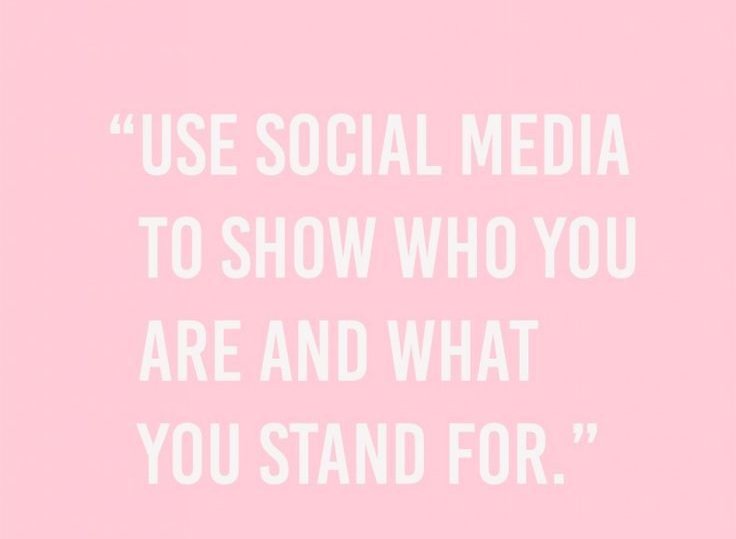 |
PROVIDES A PLATFORM FOR POSITIVE SELF EXPRESSION.........
Both producers and performers can satisfy the need for self expression through social media. Digital technology allows individuals to share their work with a wider audience and even collaborate with partners around the globe. If they're really serious, social media can provide essential feedback for teens to hone their craft.
|
|
|
|
|
The flipside is that social media can be a hub for things like cyberbullying, sextortion and other unsafe activities. Without meaning to, kids can share more online than they should which can compromise their privacy and safety. | Many teens say they have:
- been contacted online by someone they didn't know in a way that made them feel scared or uncomfortable
- received online advertising that was inappropriate for their age
- lied about their age to get access to websites
|
|
|
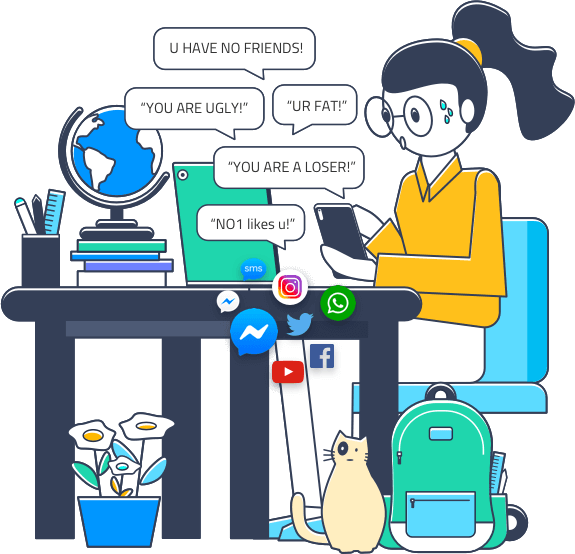 |
CYBERBULLYING is using online tools like websites, social media or texting to hurt, humiliate or threaten others. It can include:
- Posting or sharing false information or images about someone that will cause harm to them or their reputation
- Repeatedly sending someone nasty, mean, insulting or threatening messages
- Pretending to be someone else online by using their personal information without permission
- Excluding or banning someone from online games, chat rooms, social media pages, etc.
- Creating websites, posts or polls to rate people by their appearance
Sending viruses or malicious code to damage someone else's device
|
|
|
HELP WITH CYBERBULLYING
- Encourage your child not to respond or participate in cyberbullying
- If your child is a victim of cyberbullying, keep the messages, photos, etc.
- If your child is being threatened, harassed or being sent illegal content, contact the police and give them the details – include usernames of the people involved and any other identifying information you can collect
- Try to block the person's phone number, email or username
- Let your child‘s school know what is happening
|
|
|
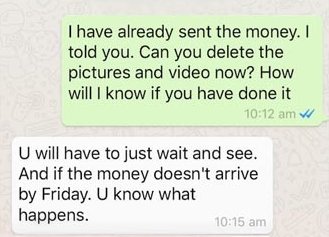 |
SEXTORTION is when online predators convince a young person to take sexual photos or record sexual acts. They threaten to post the photos or videos online unless the person pays money or provides more inappropriate material. In most cases, young people get involved in this kind of situation because they think they're talking with another young person.
|
|
|
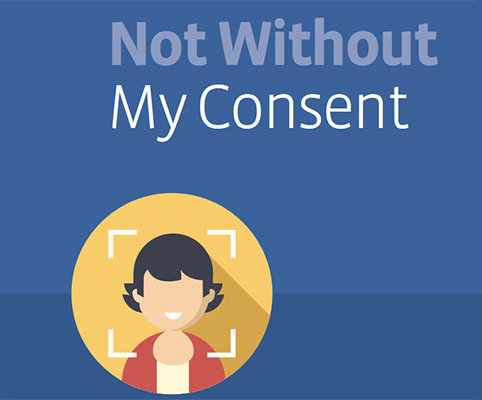
|
HELP! SOMEONE SHARED A PHOTO WITHOUT MY CONSENT
You can start by asking the person who shared it to take it down. Kids report that this works more often than not!
Ask the service or platform where it was shared to take it down. If you‘re under 18, they may be required by law to take it down, and most also have a policy of taking down any photos that were shared without the subject‘s permission.
|
|
|
Do a reverse image search with a service
like
TinEye or Google to see if the photo has been posted anywhere else. If it has, repeat step 2. In Canada, it‘s a criminal offence “to share intimate images without the consent of the person in the image.” If that describes what‘s happened to you, you may want to talk to a lawyer, report it to
CyberTip or contact the police. The police have the power to force someone to take down and stop spreading the image.
|
|
|
Family members can offer you guidance, support and be an important advocate if you are dealing with a photo being posted without your consent.
While it may be difficult to tell your parents or another safe adult about what happened, it is important. Remember, it‘s your parent‘s responsibility to help keep you safe so while they may be upset, they should also be
|
concerned about what has happened and help you figure out how to deal with it.
In some situations, there may be reasons why talking to a parent may not be an option. In those situations, speak with another safe adult (like a teacher, coach or relative) about what‘s happening.
Here are some suggestions about how to let your parents/a safe adult know what‘s happening:
|
1. Write a note or an email to your parent/a safe adult explaining what‘s happening and asking for their help.
2. Have a friend or a safe adult present with you while you speak with your parents about what happened.
3. Have a safe adult (teacher, counselor, another relative) speak with your parents on your behalf. This can give your parents time to process the information without you being in front of them.
|
|
|
|
No matter what, talk to somebody! If you can‘t talk to your parents, talk to a friend or a helpline like Kids Help Phone (call 1-800-668-6868 or visit www.kidshelpphone.ca). Having a photo shared without your consent – even if it‘s just an embarrassing one – is really stressful, and you shouldn‘t have to deal with it alone.
|
| |
|
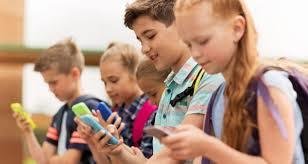
| TIPS FOR PARENTS Check out the social network your child wants to join – make sure it's trustworthy and
age-appropriate CLICK HERE FOR A SUMMARY OF THE MORE POPULAR SOCIAL MEDIA NETWORKS.Help your child set-up a profile, make sure they leave out personal information like their birthday, full name, social insurance number, address, phone number, etc. Review the terms of use/service and the privacy policy – don't use the site if it shares information with third parties
|
|
|

| Help your child create a strong password and use the highest, most restrictive security settings – check the privacy settings regularly in case there are changes from software updates
Regularly monitor your child's page to check for anything inappropriate
Turn off the geotagging feature so that photos or posts don‘t reveal their location
Many kids find sexual content on the web by accident – be prepared to talk to them about anything they may see
|
|
|
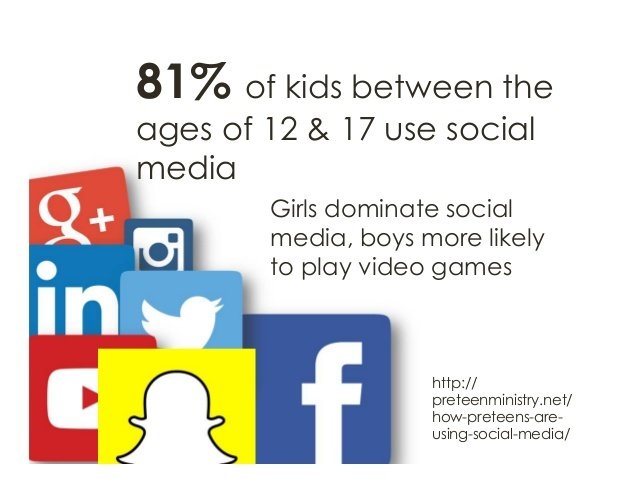
| Discuss the risk of using technology to experiment sexually – be understanding and non-judgmental
Remind your child that what they do on online could have negative consequences later – for example, potential employers or post-secondary schools may search their online profile
Know what your kids are doing when they hang out with friends and stay current with the ways they are communicating
Prevent sharing photos or videos over the internet without your permission – cover up the webcam when it's not being used
|
|
|
|
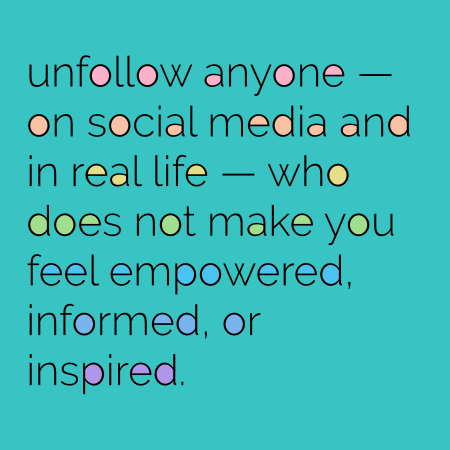 | Warn your child not to give personal information to a stranger online, to ignore messages from people they don‘t recognize and to not meet someone in person that they meet online
Explain to your child why they need to get permission before taking or posting pictures or videos of someone
|
| |
|
|
|
|
|
|
|
The Greater Victoria School District is committed to providing safe and healthy learning environments for all students. As part of our approach, we have been focusing on mental health and substance use topics to help us promote well-being in our schools.
Substance use is a complex topic that often highlights varied philosophies, myths, and a great deal of fear. The research shows us that early interventions, particularly around critical thinking and decision making, has an impact on delaying use in youth. As well, open dialogue with adults, intentionality around attachment, and a focus on the
| factors that contribute to substance use, as opposed to the actual substances, also prevent, delay and reduce substance use in our students.
Our goal is to create a more cohesive, systematized substance use plan focusing on social emotional learning, that includes our youth and schools, community partners, and families. We strive for a shared vision, common language and consistent messaging over time, in order to support positive youth culture and a healthy perspective on substance use and mental health.
In B.C. the legal age for alcohol and cannabis consumption is 19 years old.
|
|
|
|
|